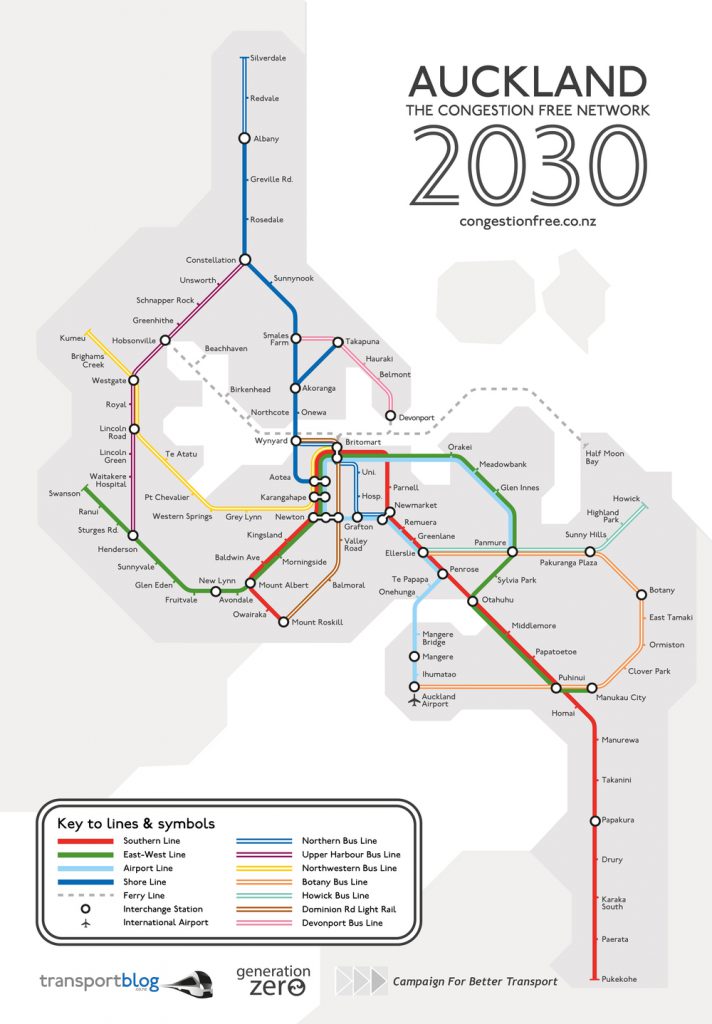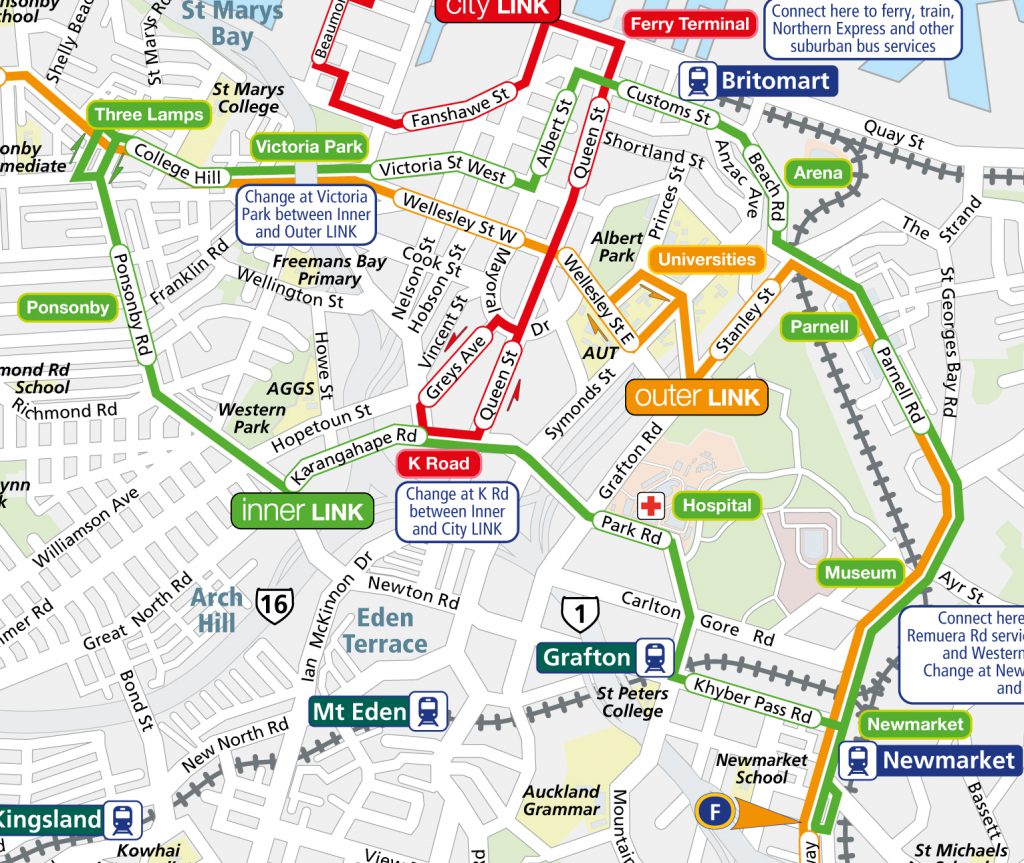In the interests of transparency and candour I’m going to post a few of my replies to some of the more interesting queries I’ve had.
I was asked several questions by a journalist from the Herald, here are my responses.
High rent. For many students living in the Waitemata area is desirable due to the inner city suburbs proximity to Auckland’s universities, which also allows them to save money on transport by allowing them to walk into the city. However, rent in these suburbs is high and with student debt at an all time high how would help student afford to live in these suburbs?
A lot of non-renters are out of touch with how high weekly rents have gotten, what we used to pay for a whole house when I was a student in the 1990s now barely gets you a room. There are no quick fixes in housing, because it takes a lot of time to get new dwellings designed, consented, and built, so short of something drastic happening the rents aren’t going to drop any time soon.
The new unitary plan overlays mean a lot of Ponsonby and Grey Lynn will stay as they are for the foreseeable future but it does enable the construction of about 20,000 more apartments and a couple of thousand more townhouses in other parts of Waitemata. That should help take the pressure off, and as many of them will be smaller dwellings than the villas & bungalows they should cost a fair bit less to live in. They will be quite different from living in a villa, but they’ll be a lot warmer and more secure, and probably closer to uni & work, too.
It’s not a local board thing, but one thing that can be done more quickly is to introduce new rules that are a bit fairer to renters and provide more certainty in housing by having longer tenancy durations and require more justification and longer notice periods if a landlord decides to end a rental agreement. People who want to should be able to treat their rental as a home, not as temporary housing.
Safety. Although safety in Waitemata is good young people feel it could be improved with several minor theft and peeping tom incidences happening through out the year in suburbs such as Grey Lynn and Freemans Bay. How would you address this?
I feel a lot safer now than I did in the 1980s when we had a terrible burglary problem around Ponsonby, but if people feel unsafe the first thing we have to do is believe them. I think we can help by fostering a sense of a community, partly perhaps through formal Neighborhood Watch schemes. If people know that their neighbours care about them, and are keeping an eye out, I think they’ll feel safer.
We also need the police to take it seriously when we report peeping toms or burglaries, it feels like lately burglaries aren’t investigated at all and if we tolerate these kinds of crimes it emboldens criminals and things will get worse.
Residential parking. Many houses in the Grey Lynn area do not have residential parking on the street. This means people from outer suburbs park their cars on these streets throughout the week when commuting to work. This means people who actually live in these areas cannot park outside their own homes. How would you address this?
This problem is only going to get worse as the price of parking in town continues to skyrocket. But the solution isn’t cheaper parking in town, the solution is for people to stop driving to work. To make that realistic we need to provide high quality, quick, and convenient public transport.
I dislike resident parking permits because they just move the problem to the next street or the next suburb, but as the problem gets more acute they might be the only option – the scheme needs to be smarter and cheaper for residents than it currently is though.
Cycling. We have found an increasing number of young people cycle into work and university but many do not feel safe doing so and some have had collisions with cars on busy road such as Karangahape Road and Ponsonby Road. What would you do to improve safety for cyclists?
I’ve been knocked off bikes on K Rd and Ponsonby Rd and even on a Ponsonby side street (by a drunk driver), so I’m very familiar with how much risk we’re forced to take on by riding bikes and it’s not right that taking a bicycle to the shops or to the movies can now feel like such a dangerous activity. It’s not dangerous because of the bikes, it’s dangerous because of the cars.
I support several measures to improve this: Firstly, more protected cycle lanes to keep cars away from bikes. Improved intersection design, which will make things safer both for people on bikes and for people walking. And last but not least, by expanding the lower speed limits that are currently in place on Queen St and Ponsonby Rd throughout more of Waitematā.
I won’t have control over all of this as a Local Board member, but to me it seems important that we have voices at all levels of local and central government all advocating for better transport, improved housing, and a safer city.
I don’t exactly give tight sound bites, do I?


